Haiti is a nation filled with rich history, vibrant culture, and breathtaking landscapes. However, when most people think of tourism in the Caribbean, places like the Bahamas or Jamaica come to mind. For years, Haiti’s tourism industry has struggled due to political instability, economic hardship, and natural disasters. Despite these challenges, the country has the potential to develop a thriving tourism sector that could play a significant role in its overall growth. In this post, we’ll explore how tourism can become a tool for development and how rethinking Haiti’s tourist industry could transform the country’s future.
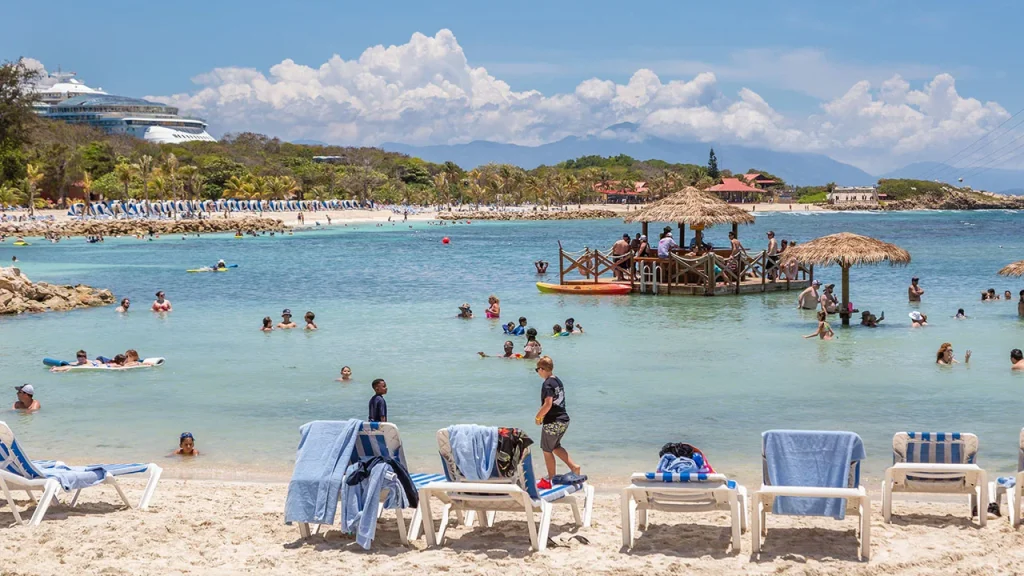
A Glimpse into Haiti’s Tourism Industry
Is there a tourism industry in Haiti? The short answer is yes, but it’s not thriving the way it could. Haiti’s tourism industry has had its ups and downs over the years. The country’s natural beauty, historical landmarks, and cultural heritage make it a potential hotspot for tourists. But factors like political instability and safety concerns have hindered its growth.
Tourists who do visit Haiti are often mesmerized by its beautiful beaches, vibrant art scene, and historical sites like the Citadelle Laferrière, the largest fortress in the Americas. These attractions have always been the backbone of the tourism industry in Haiti, but there’s a long way to go in terms of infrastructure and security to encourage more visitors.
Haiti’s Golden Era of Tourism
Did Haiti used to be a tourist destination? Absolutely. In the 1950s and 60s, Haiti was a booming tourist destination. Celebrities like Jacqueline Kennedy, Marlon Brando, and Mick Jagger visited the island, drawn by its stunning beaches, unique culture, and lively music scene. At that time, Haiti was a vibrant spot for tourists, and the economy benefited greatly from it.
However, political unrest and the rise of dictatorship in the late 1960s put a halt to this golden era. Since then, the tourism industry has struggled to regain its former glory. Despite these challenges, many believe that with proper planning and investment, Haiti could once again become a top Caribbean destination.

Why Tourists Still Go to Haiti
So, why do tourists go to Haiti today? Despite the negative headlines, many travelers are still drawn to Haiti for its unique culture and history. Some tourists seek out the country’s historical landmarks, like the Sans-Souci Palace, once home to King Henri Christophe, or the sprawling mountain fortress, the Citadelle. Others are intrigued by Haiti’s rich art and music scenes, which have influenced Caribbean culture for centuries.
Moreover, Haiti’s natural beauty is another huge draw. With miles of pristine beaches, lush mountains, and cascading waterfalls, it’s easy to see why some adventurous travelers continue to visit.

Addressing the Elephant in the Room: Is Haiti Safe?
Is Haiti safe for white tourists? This is a question many travelers ask, and while safety is a valid concern, it’s important to note that crime doesn’t specifically target any one group of tourists. Haiti, like many countries, has areas that are considered safer than others. Travelers should take the same precautions they would in any unfamiliar place—stay in well-traveled areas, avoid going out at night alone, and stay informed about current events.
However, why is Haiti on the no travel list for some governments? Due to political instability and a high crime rate, some governments, including the U.S., have issued travel warnings for Haiti. But tourists who follow local advice, stay informed, and plan ahead can still enjoy a fulfilling and safe trip to this beautiful country.
Challenges Facing Haiti’s Tourism Revival
Why is the crime rate so high in Haiti? The crime rate in Haiti is tied to several complex factors, including poverty, unemployment, and political instability. Years of government corruption and economic mismanagement have left many people struggling to make ends meet, which unfortunately contributes to the crime problem.
Why is Haiti a risky place to live? Economic hardship, lack of infrastructure, and natural disasters have made life challenging for many Haitians. The 2010 earthquake and subsequent hurricanes devastated the country’s infrastructure, leaving many people without access to basic services like clean water and healthcare.
Opportunities for a Better Tomorrow
Despite these challenges, many see tourism as a key tool for development. By boosting tourism, Haiti can create jobs, improve infrastructure, and generate much-needed revenue. Are tourists still going to Haiti? Yes, but numbers are low compared to its neighbors. By focusing on safety, building better hotels, and improving transportation, Haiti could attract more visitors, leading to long-term growth.
Efforts to revitalize the tourism industry have already begun. Local entrepreneurs and international investors are working together to rebuild key tourist areas, upgrade facilities, and market Haiti’s beauty to the world.
Debunking Common Myths: Why 1000 Americans are in Haiti
Why are 1000 Americans in Haiti? Many people are surprised to learn that there’s a sizeable American community living and working in Haiti. These individuals are often involved in humanitarian work, serving with NGOs, churches, and other organizations that are working to improve living conditions and support local communities. Haiti’s rich culture and the opportunity to make a difference are what draw many of these expats to the country.
Contrary to popular belief, Haiti is not entirely a no-go zone. Can an American travel to Haiti without a visa? Yes, U.S. citizens can travel to Haiti without a visa for stays up to 90 days. This makes it relatively easy for Americans to visit, whether for business, leisure, or humanitarian work.
Safety Tips for Visiting Haiti
What are the dangers of traveling to Haiti? Like any destination, there are risks involved when traveling to Haiti. Some areas experience high crime rates, especially in certain neighborhoods in Port-au-Prince. The key to staying safe is being prepared. Tourists should research their destinations, follow local advice, and avoid areas that are known to be risky.
Why is Haiti a risky place to live? Haiti’s challenges go beyond crime. Natural disasters like earthquakes and hurricanes frequently hit the island, often causing significant damage. This, combined with a fragile economy, makes life difficult for many Haitians. However, visitors who take precautions can still enjoy a safe trip.
Rethinking Haiti’s Future Through Tourism
Haiti is often viewed through a lens of struggle and hardship, but it’s also a country of resilience and potential. Is Haiti the poorest country? Haiti is often cited as the poorest country in the Western Hemisphere, but this label doesn’t capture the full picture. Despite the economic challenges, Haiti is rich in culture, history, and natural beauty.
By rethinking its tourism industry, Haiti has the opportunity to redefine its global image. Investing in tourism can create jobs, boost the economy, and bring the world’s attention to the incredible stories, people, and places that make Haiti unique.
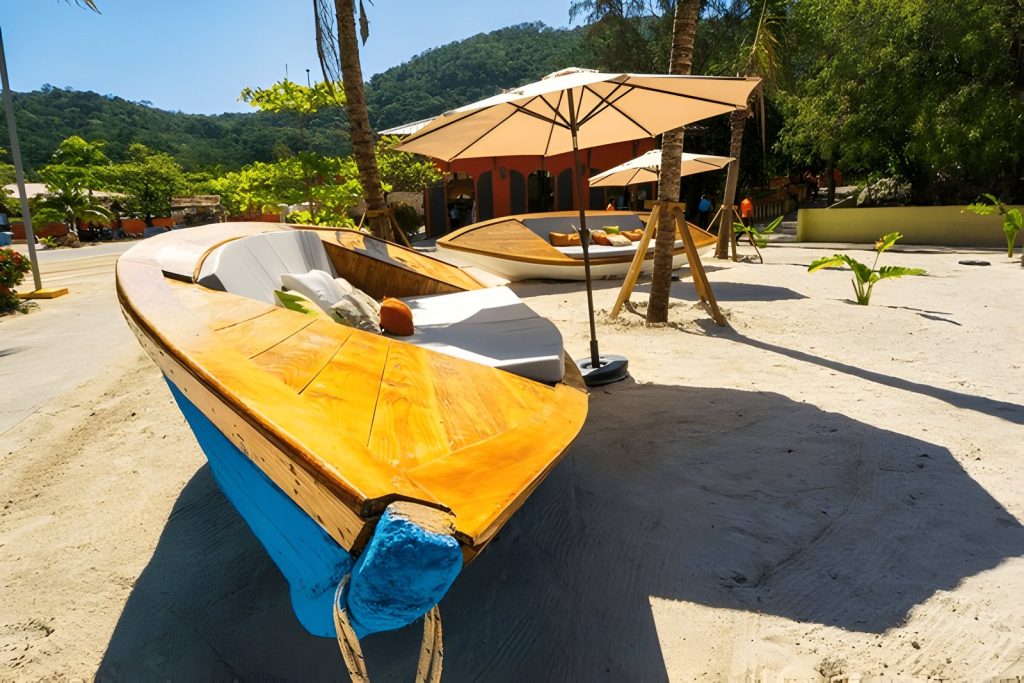
Tourism as a Path to Development
The future of Haiti’s tourism industry is not without challenges, but it’s also filled with opportunities. By focusing on safety, improving infrastructure, and showcasing the country’s rich history and culture, Haiti can once again become a sought-after destination in the Caribbean. It’s time to rethink Haiti’s tourist industry and embrace tourism as a tool for development.




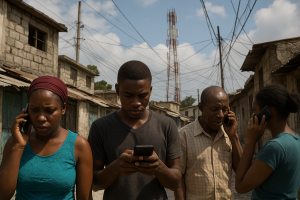
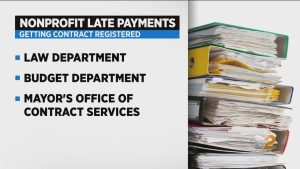




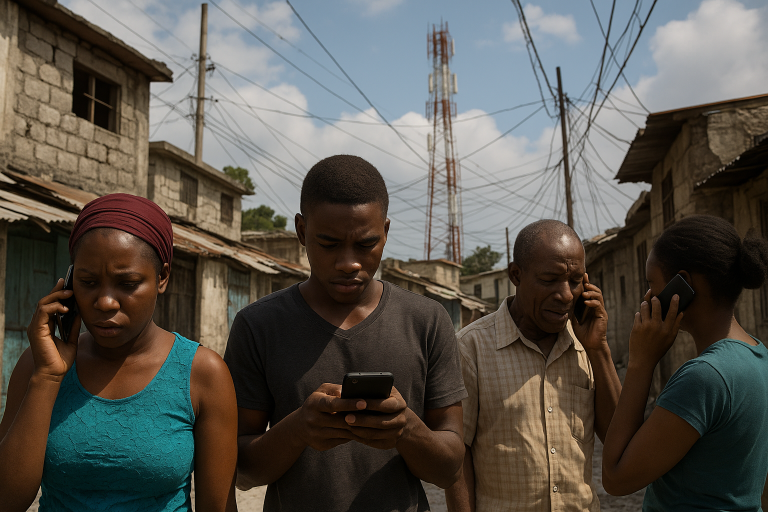
Add a comment